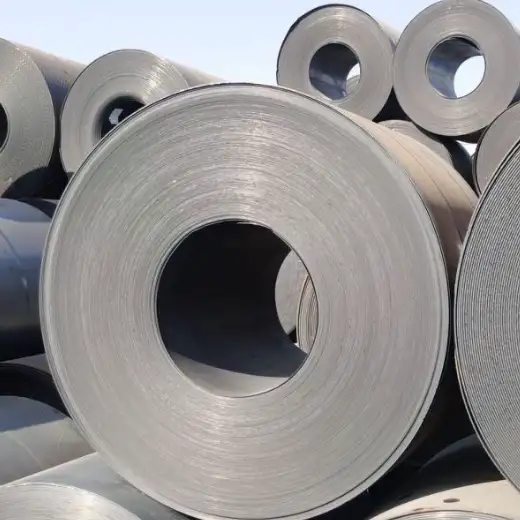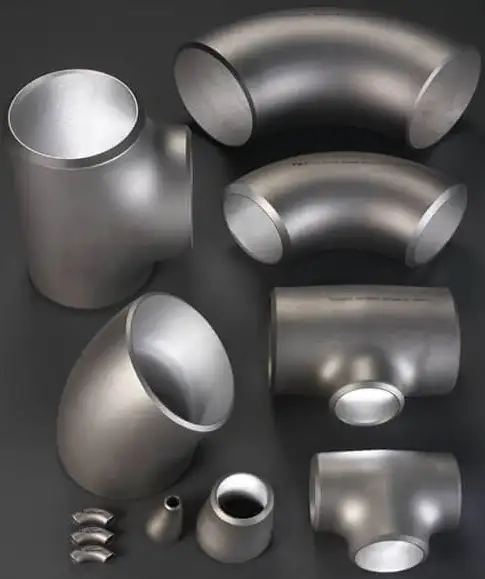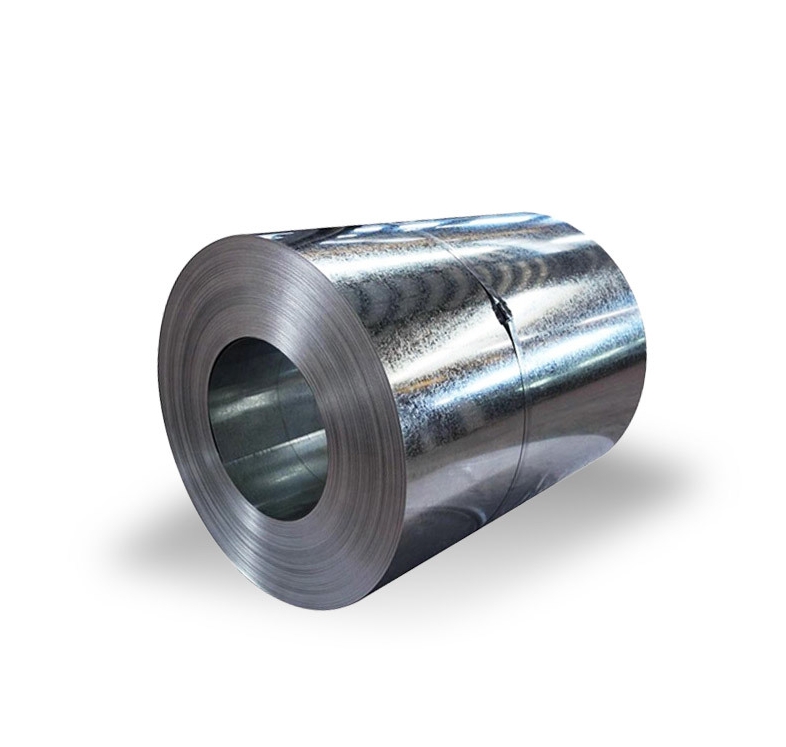I have know that the density of carbon steel generally lies between 7.75 and 8.05 g/cm³ (7 750–8 050 kg/m³), with the most typical value cited at 7.85 g/cm³ (7 850 kg/m³).
1. Introduction: Density Range and Significance
I’ve worked with countless steel grades, and I can tell you: density isn’t just a number. It drives weight, strength, and cost. At room temperature, carbon steel’s density runs from 7.75 to 8.05 g/cm³. Why the spread? Microalloying and carbon percentage shift that figure, though most mild steels center on 7.85 g/cm³. Engineers lean on this property when sizing beams, calculating material budgets, and ensuring safety margins. carbon steel weighs about 7.85 kg per liter.
2. Composition and Microstructure
When I examine a carbon steel sample under a microscope, I see ferrite grains peppered with pearlite lamellae. That dual‑phase microstructure binds density and mechanical behavior closely. The more pearlite you add—by upping carbon content—the slightly lower the density, since cementite (Fe₃C) has a lower density (~7.60 g/cm³) than pure iron (7.87 g/cm³). This microstructural balance also affects toughness and hardenability.
3. How Carbon Content Alters Density
-
Low‑carbon (<0.25 % C): Dominated by ferrite; density roughly 7.85 g/cm³.
-
Medium‑carbon (0.25–0.60 % C): More pearlite; density ~7.80 g/cm³.
-
High‑carbon (>0.60 % C): Up to 20 % cementite; density dips toward 7.75 g/cm³.
I’ve often asked, “Just how much weight savings can one gain?” Not much—only about 1 % overall—but every kilogram counts in transport.
4. External Factors: Temperature & Alloying Elements
Temperature swells steel ever so slightly. At 100 °C, expect a density drop of about 0.02 % (thermal expansion coefficient ≈ 11×10⁻⁶ /°C). Alloying elements—manganese, silicon, chromium—also tweak the mass per volume. For instance, adding 1 % silicon can raise density by ~0.01 g/cm³. Even trace sulfur or phosphorus can matter in high‑precision parts.
5. Measurement Techniques for Density
I’ve used Archimedes’ principle countless times: weigh a specimen in air, then submerged in water, and calculate density from buoyant force. Laser scanning and X‑ray CT are newer—non‑contact, non‑destructive—but they’re pricey. Each method carries ±0.5 % accuracy, so cross‑checking is common.
6. Comparative Table: Carbon Steel vs. Other Alloys
| Material | Density (g/cm³) | Notes |
|---|---|---|
| Mild Carbon Steel | 7.85 | Typical structural grade |
| Stainless Steel (304) | 7.93 | Higher Ni/Cr content |
| Aluminum Alloy (6061) | 2.70 | ≈1/3 of steel’s weight |
| Titanium Alloy (Ti‑6Al‑4V) | 4.43 | High strength‑to‑weight |
| Cast Iron | 7.15–7.25 | Contains graphite flakes, lower density |

7. Case Study: Pipeline Weight Calculations
Background: I led a team designing a 100 m carbon steel pipeline (schedule 40, OD 406 mm).
-
Wall thickness: 10 mm
-
Volume per meter: π×[(0.203 m)²–(0.193 m)²] ≈ 0.025 m³
-
Mass per meter: 0.025 m³×7 850 kg/m³ ≈ 196 kg
Over 100 m, that’s 19 600 kg—almost 20 tonnes. Precise density data ensured our support structures weren’t overbuilt. It saved the project nearly $50 000 by avoiding extra steel bracing.
8. Implications in Design & Industry Idioms
In real‑world jargon, we say “steel in the bone” to mean solid reliability. Density feeds into that phrase: more mass, more inertia, more stability. Yet “pound for pound,” carbon steel can’t rival aluminum’s lightness. Still, it wins on cost—a classic “bang for the buck.” Transitioning to high‑strength low‑alloy (HSLA) steels trades slight density changes for big strength gains.
9. FAQs
-
What is the specific gravity of carbon steel?
About 7.85 (water = 1). -
Does temperature affect steel density?
Yes—density drops ~0.02 % per 100 °C of heating. -
How does carbon content influence density?
More carbon → more cementite → slight density decrease. -
Can density measurement be non‑destructive?
Yes, via X‑ray CT or ultrasound. -
Why compare to aluminum or titanium?
To weigh strength‑to‑weight ratios for aerospace or automotive use.








